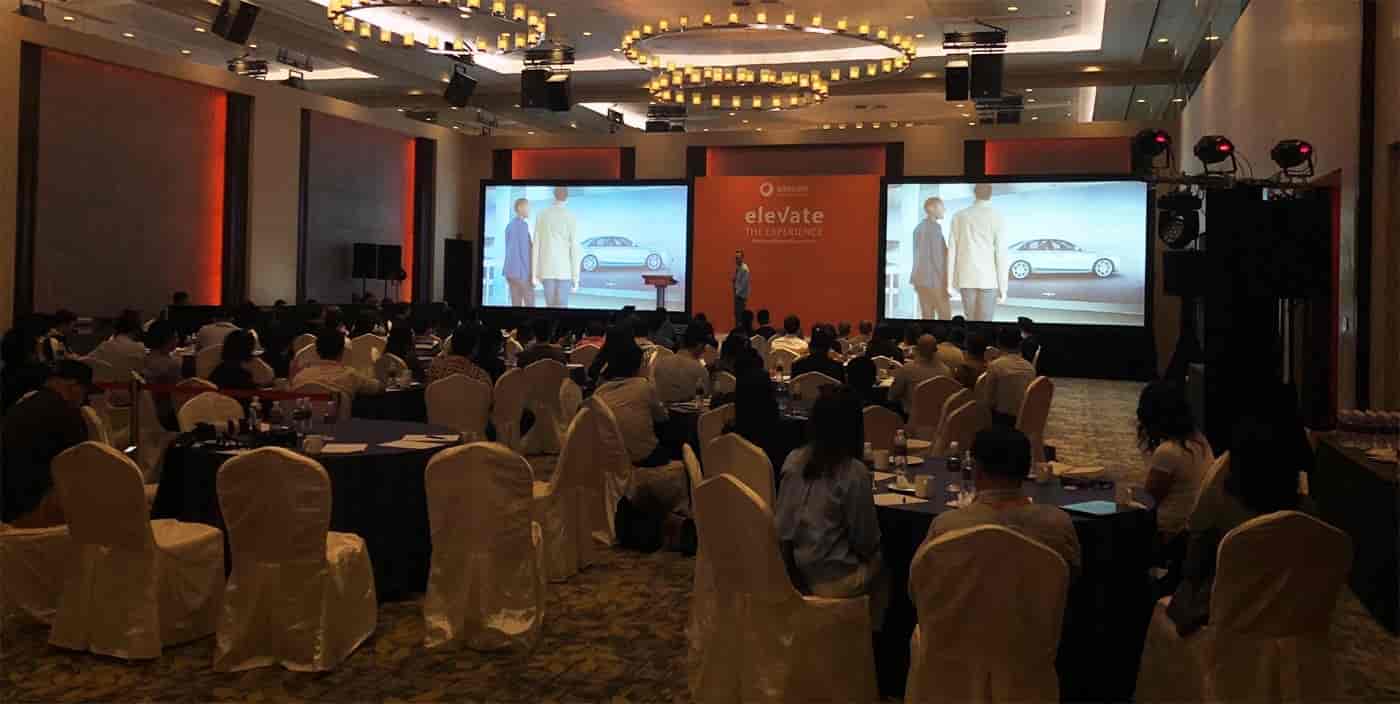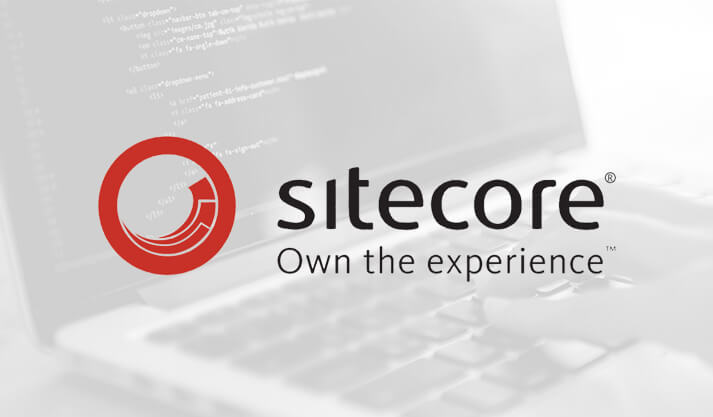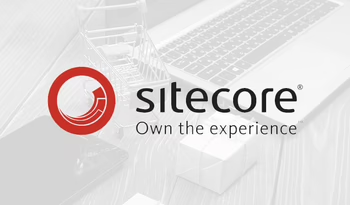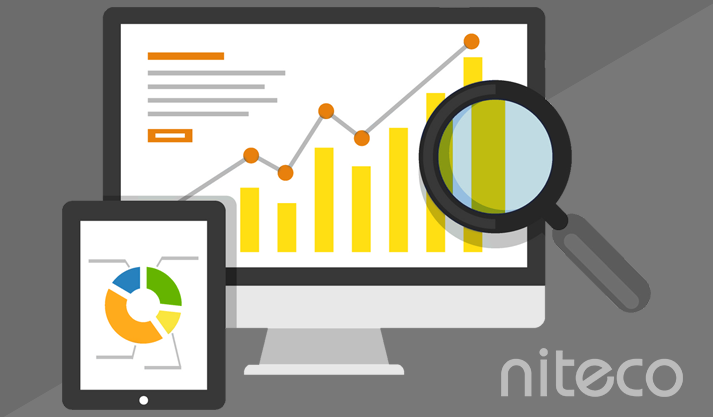I travelled to Singapore all the way from Sydney last week to join a Sitecore conference dubbed 'Elevate the Experience'. At this two-day conference, we got to listen to several speakers from different parts of the world, including the United States of America, Thailand, Vietnam, Australia; all coming together to tell their Sitecore marketing journey stories.
Being one of the sponsors of the event, Niteco had a small booth set up just outside the conference hall, where I, along with Pelle Niklasson, met representatives of several companies of different industries, including private banks, real estate, fitness, retail, education and hospitality. However, regardless of the size and industry, a few common themes came up in both the presentations and my personal conversations with the attendees. Here are my takeaways from the conference:
1. Deliver the right content, to the right person, at the right time. If I had to take a bet on guessing the one word that was used the most at the conference, it would be “experience”. As a lot of companies now realise, customer experience is key to improving several KPI’s related to their websites. Research shows that organisations that tailor their content see an average of 19% conversion uplift.
Alison Sainsbury, Senior Marketing Consultant of SBOS Sitecore, presented a case study of a Sitecore implementation for the Atlantis the Palm, located in Dubai, which is one of the most-instragrammed hotels in the world. One of the strategies they used, which has proven to improve conversions, is content personalisation.
Julienne Harry, Digital Experience Manager of Lendlease, a multinational construction, property and infrastructure company headquartered in Sydney Australia, manages a hundred websites in their Sitecore implementation and plans to implement content personalisation in the near future to improve the customer experience.
It’s imperative that your digital experience platform not only allows you to create and manage content but also empowers you to tailor content and put your customer’s unique needs at the centre of what you do.
2. Know your customer. For you to be able to tailor your content and make intelligent data-driven decisions, you need to first have a 360-degree view of your customer. With the recent partnership with Salesforce, Sitecore applications not only allows you to track every single point of the user journey, it also enables marketers to build comprehensive and personalised user journeys through the use of Salesforce Marketing Cloud.
In addition, as more digital touchpoints are made available to customers, it’s essential that your digital platform is able to track and marry up your customer profiles across these touchpoints, as well as the different channels and devices that they use. But what are the new digital touchpoints?
3. Tap in to other emerging digital touchpoints (outside web and mobile). Between awareness, consideration, acquisition and retention, customers would have had engaged several digital touchpoints. This includes online displays, search, paid content, social, email, website, mobile, voice, virtual reality, bots, AI; the list goes on.
Kaythaya Maw, CTO APAC of Digitas, gave a 40 minute presentation, packed with a lot of videos, of how companies are now considering other digital touchpoints outside the web and mobile to reach, acquire and retain customers. One of the case studies he presented was how Volvo was able to sell out cars, before they were even available, through the use of Virtual Reality.

With the rise of other digital touchpoints, content management can easily become strenuous and repetitive. It’s important that your digital experience platform is prepared to serve content to multiple devices and channels, which brings me to my next point.
4. To headless or not to headless? That is the question. For those who don’t know what a Headless CMS is, it simply is the concept of managing content without a dedicated presentation layer, thus the name headless. It decouples user experience from the technology infrastructure, and allows marketers to manage content in one place that can be consumed by several applications (i.e. website, mobile, Alexa/Siri). Content editors can start authoring product pages without waiting for website developers to finish the website, or mobile app developers to finish the mobile app.
As Deane Barker, a Digital Strategist, collaborating with Niteco, points out in his presentation: while a lot of new players such as Contentful are on the rise because of the touchpoint-agnostic way of content management, it’s important to understand what you do not get with a Headless CMS. One example is A/B Testing, which usually requires the presentation layer to be part of the test. Other typical missing features are campaigns, content trees, and a whole lot more that are most often not provided in a Headless CMS.
Is the headless architecture approach for you? Brands that aim to meet customer expectations from a wide range of touchpoints are often well-positioned to go for this approach. Otherwise, leading traditional CMS’s offer API’s to expose content without the head, such as Sitecore’s new offering of Javascript Services, or Episerver’s Content Delivery API.
I’d like to end with one of the speaker’s quotes by Klaus Schwab. “It’s not the big fish that eat the small. It’s the fast that eat the slow.” I believe technology is definitely outpacing us and our ability to understand what we can do with it. And that’s exciting.
to transform your business and drive results?



